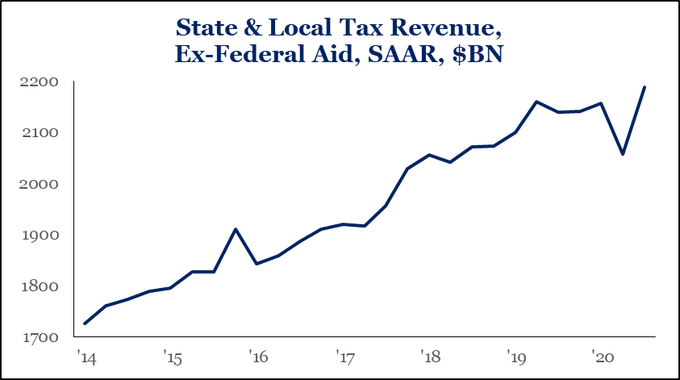We at CFIF have repeatedly highlighted how the electric vehicle (EV) subsidy complex captures the American public’s most hated elements of bureaucracy: crony capitalism, wasteful spending, inefficient incentives and government picking winners and losers.
Whatever novelty that EVs may offer, taxpayer dollars shouldn’t be subsidizing them, and bureaucrats shouldn’t be unjustifiably foisting them upon a perfectly healthy automobile marketplace.
Unfortunately, as Myron Ebell of the Competitive Enterprise Institute (CEI) notes, the EV Industrial Subsidy Complex is now demanding even more:
Although wind and solar advocates continue to assure us that wind and solar are now cheaper than conventional power, the wind and solar lobbies don’t agree. They are back at the trough. And the automakers, led by GM and Tesla, are pushing to lift the limit on electric vehicle subsidies from 200,000 EVs per manufacturer to 600,000.”
Preposterously, Congressman Dan Kildee (D – Michigan), who has sponsored legislation to do just that – triple the number of subsidized vehicles allowed – defended that idea by claiming, “The whole notion is that over time, it’s going to take less to incentivize.”
Pardon?
The scheme has already had plenty of time, yet apparently it’s going to take even more to incentivize, not less.
As CFIF emphasized, the entire EV subsidy idea from over a decade ago during the Bush Administration was based upon the idea that the EV industry merely needed a temporary, limited push to create momentum that would become self-sustaining:
[T]he EV subsidy boondoggle was originally justified as a temporary, limited incentive to kickstart the fledgling EV industry. In 2008, before the American fracking revolution subsequently eased our concerns about the overreliance on foreign oil, the Pelosi-Schumer Congress created a $7,500 tax credit for purchasers of EVs. Senator Orin Hatch (R – Utah) at the time emphasized the subsidy’s limited scope and duration:
I want to emphasize that, like the tax credits available under current law for hybrid electric vehicles, the tax incentives in the Freedom Act are temporary. They are needed in order to help get these products over the initial stage of production, when they are quite a bit more expensive than older technology vehicles, to the mass production stage, where economies of scale will drive costs down, and the credits will no longer be necessary.
Well, over a decade later we’re well past the ‘initial stage of production,’ yet they remain ‘more expensive’ and continue to receive taxpayer subsidies.”
We were promised over a decade ago that EV subsidies were temporary and limited. Today, with greater energy independence achieved due to the fracking revolution and with EVs widely available for any consumers willing to purchase them with their own dollars, there’s simply no reason that the subsidy should be allowed to continue.
Let alone to be tripled.








 CFIF Freedom Line Blog RSS Feed
CFIF Freedom Line Blog RSS Feed CFIF on Twitter
CFIF on Twitter CFIF on YouTube
CFIF on YouTube